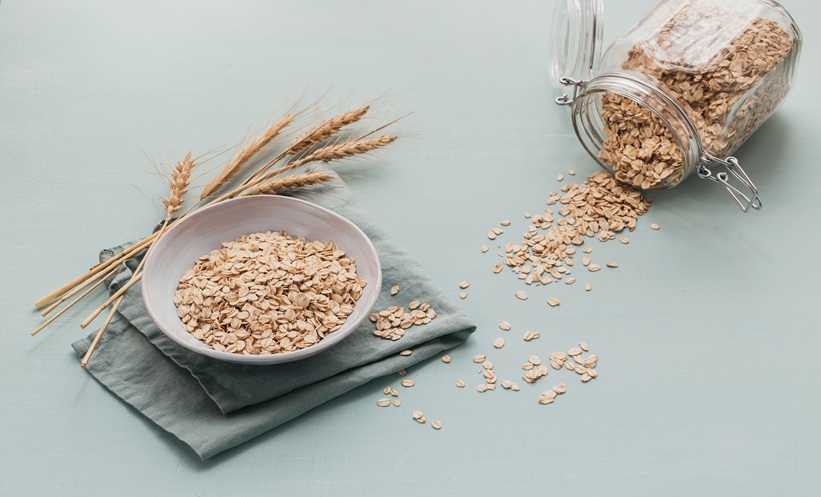Abstract
Nasogastric (NG) tubes are commonly used for enteral feeding. Complications of feeding tube misplacement include malnutrition, pulmonary aspiration, and even death. We built a Bayesian network (BN) to analyse the risks associated with available bedside tests to verify tube position. Evidence on test validity (sensitivity and specificity) was retrieved from a systematic review. Likelihood ratios were used to select the best tests for detecting tubes misplaced in the lung or oesophagus. Five bedside tests were analysed including magnetic guidance, aspirate pH, auscultation, aspirate appearance, and capnography/colourimetry. Among these, auscultation and appearance are non-diagnostic towards lung or oesophagus placements. Capnography/ colourimetry can confirm but cannot rule out lung placement. Magnetic guidance can rule out both lung and oesophageal placement. However, as a relatively new technology, further validation studies are needed. The pH test with a cut-off at 5.5 or lower can rule out lung intubation. Lowering the cut-off to 4 not only minimises oesophageal intubation but also provides extra safety as the sensitivity of pH measurement is reduced by feeding, antacid medication, or the use of less accurate pH paper. BN is an effective tool for representing and analysing multi-layered uncertainties in test validity and reliability for the verification of NG tube position. Aspirate pH with a cut-off of 4 is the safest bedside method to minimise lung and oesophageal misplacement.
Please view the full content in the pdf above.








